Unlocking the Secrets of Material Surface Treatment: Comprehensive Detection Insights
Overview of Material Surface Treatment
Material surface treatment plays a crucial role in enhancing the durability, functionality, and aesthetics of materials. From improving corrosion resistance to optimizing surface adhesion, these treatments are essential in various industries such as aerospace, automotive, and electronics. Understanding the detection methods for material surface treatment is vital to ensure quality and performance in critical applications.
Sample Selection for Surface Treatment Detection
Accurate detection begins with the careful selection of **representative samples**. These samples should reflect the material's surface characteristics after treatment, ensuring that the analysis captures real-world conditions. Common materials tested include metals, polymers, ceramics, and composites, with each requiring specific preparation techniques such as **cleaning, masking, or sectioning** to avoid contamination or distortion of results.
Key Detection Items for Surface Treatment
The detection process focuses on several critical parameters that influence the material's surface quality. These include:
- Surface Roughness: Evaluates texture and smoothness, crucial for adhesion and friction control.
- Coating Thickness: Measures the uniformity and thickness of applied coatings to ensure proper coverage.
- Adhesion Strength: Determines the bond strength between the coating and the substrate.
- Corrosion Resistance: Assesses the material's ability to withstand environmental factors such as moisture and chemicals.
- Surface Energy: Impacts paintability, bonding, and wettability.
Each of these items provides essential insights into the effectiveness of the surface treatment.
Detection Instruments and Technologies
Advanced instruments and technologies are employed to achieve precise and reliable detection. Common tools include:
- Profilometers: Used for measuring surface roughness with high accuracy.
- Coating Thickness Gauges: Provide non-destructive measurements of coatings on various substrates.
- Scanning Electron Microscopes (SEM): Offer detailed imaging and elemental analysis of the surface structure.
- Fourier-Transform Infrared (FTIR) Spectroscopy: Identifies chemical compositions and bonding states on the surface.
- Contact Angle Goniometers: Measure surface energy by analyzing liquid droplet behavior.
These tools ensure comprehensive data collection for evaluating material performance.
Detection Methods for Surface Treatment
A variety of methods are used depending on the material and treatment type. These include:
- Microscopic Analysis: Employing SEM or optical microscopy to inspect surface morphology.
- Non-Destructive Testing (NDT): Methods like ultrasonic or X-ray testing to assess internal and surface properties without damaging the sample.
- Electrochemical Testing: Corrosion tests such as potentiodynamic polarization to evaluate resistance in aggressive environments.
- Mechanical Testing: Scratch and pull-off tests to measure adhesion strength.
- Spectroscopic Analysis: FTIR and energy-dispersive X-ray spectroscopy (EDS) for chemical composition analysis.
Each method is tailored to specific detection goals, ensuring accurate and actionable results.
Conclusion
Material surface treatment detection is a multidisciplinary process that combines cutting-edge technologies and scientific methods to ensure material integrity and performance. By selecting the right samples, focusing on key detection items, and using advanced instruments, industries can achieve reliable results that enhance product quality and longevity. Mastering these detection techniques is essential for anyone involved in materials science or engineering.

检测资质(部分)
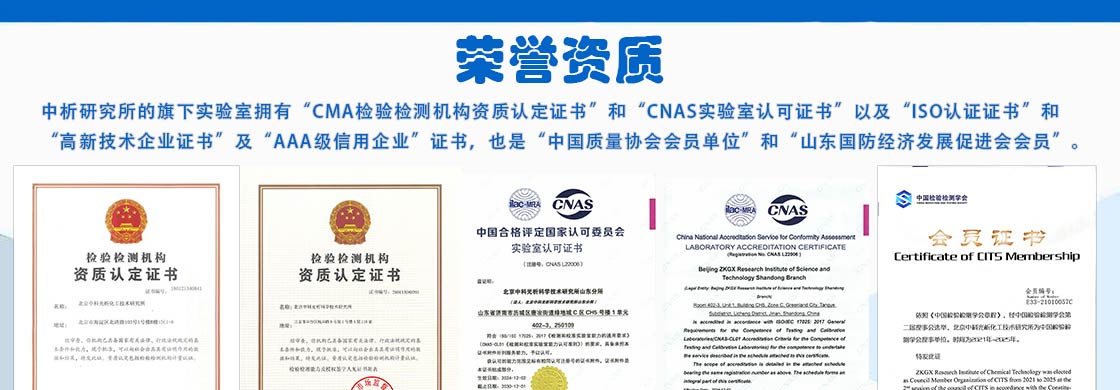
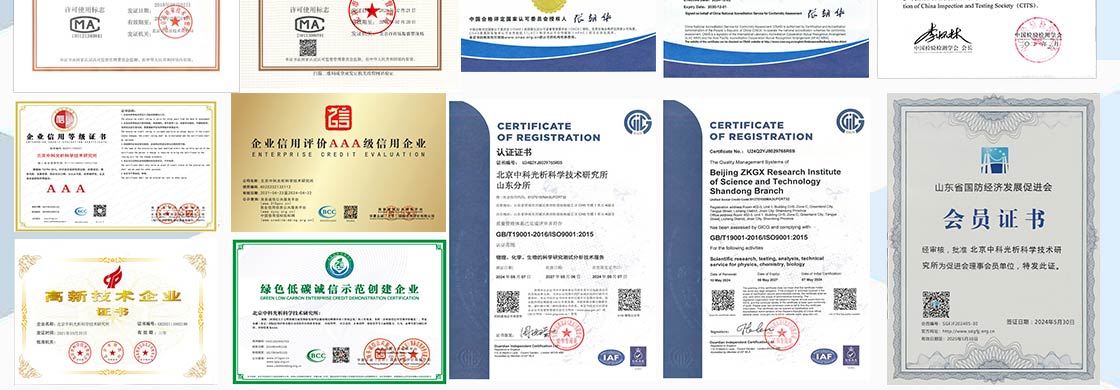

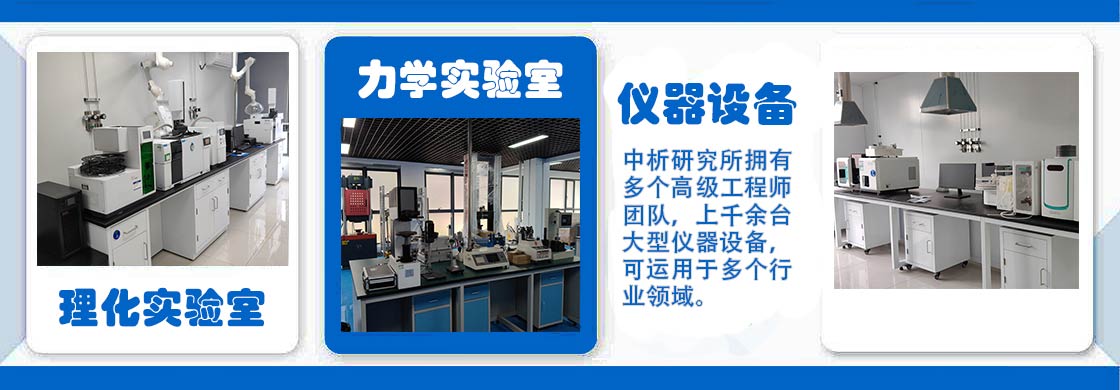
检测实验室(部分)



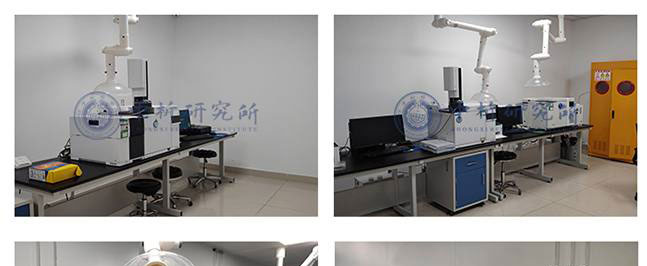
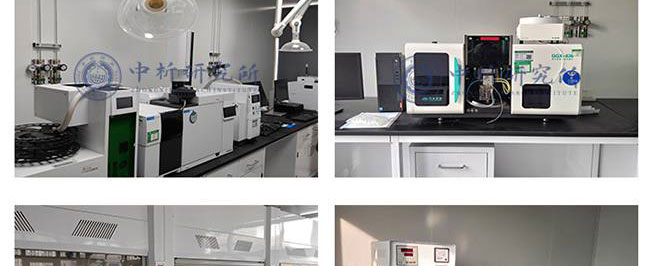
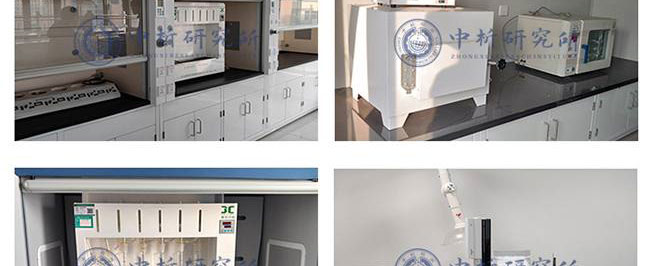
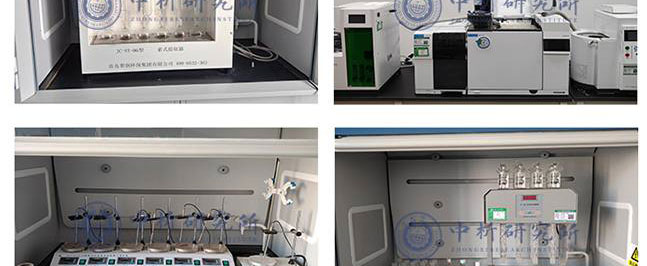
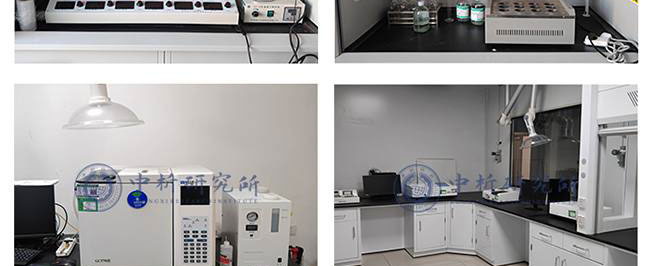
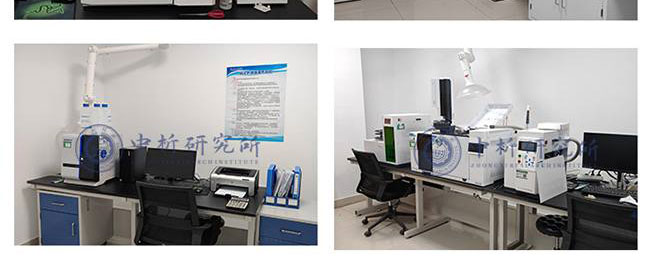
合作客户(部分)





检测报告作用
1、可以帮助生产商识别产品的潜在问题或缺陷,并及时改进生产工艺,保障产品的品质和安全性。
2、可以为生产商提供科学的数据,证明其产品符合国际、国家和地区相关标准和规定,从而增强产品的市场竞争力。
3、可以评估产品的质量和安全性,确保产品能够达到预期效果,同时减少潜在的健康和安全风险。
4、可以帮助生产商构建品牌形象,提高品牌信誉度,并促进产品的销售和市场推广。
5、可以确定性能和特性以及元素,例如力学性能、化学性质、物理性能、热学性能等,从而为产品设计、制造和使用提供参考。
6、可以评估产品是否含有有毒有害成分,以及是否符合环保要求,从而保障产品的安全性。
检测流程
1、中析研究所接受客户委托,为客户提供检测服务
2、客户可选择寄送样品或由我们的工程师进行采样,以确保样品的准确性和可靠性。
3、我们的工程师会对样品进行初步评估,并提供报价,以便客户了解检测成本。
4、双方将就检测项目进行详细沟通,并签署保密协议,以保证客户信息的保密性。在此基础上,我们将进行测试试验.
5、在检测过程中,我们将与客户进行密切沟通,以便随时调整测试方案,确保测试进度。
6、试验测试通常在7-15个工作日内完成,具体时间根据样品的类型和数量而定。
7、出具检测样品报告,以便客户了解测试结果和检测数据,为客户提供有力的支持和帮助。
以上为Unlocking the Secrets of Material Surface Treatment: Comprehensive Detection Insights的检测内容,如需更多内容以及服务请联系在线工程师。





